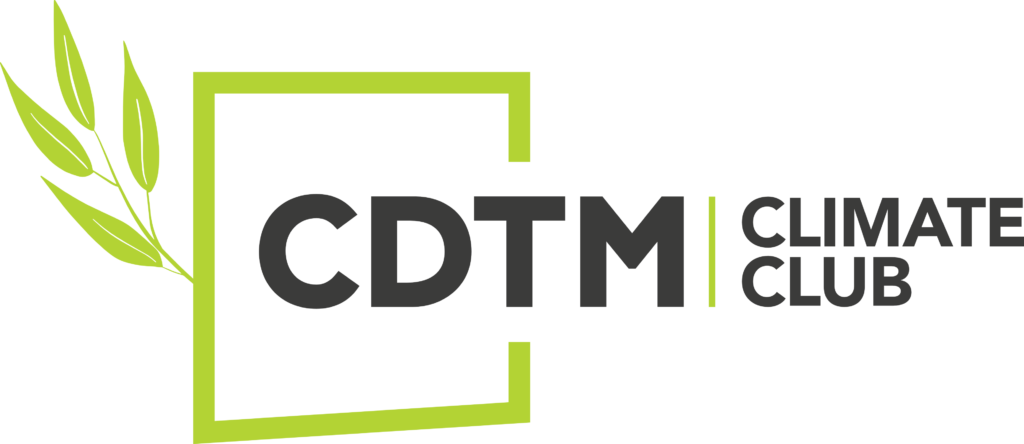

Investment Categories
If you want to dive deeper into the investment hypothesis, click on on of the categories below. We created a roadmap for each of them, designed to showcase the most promising areas for investment over the next decade and highlight start-ups working on breakthrough solutions.
Methodology
Based on the European Green Deal, we have mapped out seven sustainability verticals. For each vertical, the investors identified those sub-categories in which they expect innovative throughputs. We then sorted them as short-term (1-2 years), mid-term (3-5 years) and moonshot (>5 years), based on the time the solutions or products will be at their maximal scalability potential, and hence an interesting investment opportunity for VCs. A selection of Europe-based start-ups accompanies each sub-category.
However, we do not style ourselves as having a crystal ball. We believe the value of the Sustainability Landscape is to set out what might be possible over the next decade. With time ticking away to reverse global CO2 emissions and halt the climate crisis, it is crucial that action is taken in the present as well as in the years ahead. As such, both scalable short-term solutions and moonshot opportunities are of equal importance.
Our Sustainability Landscape 2022 displays each Green Deal category based on its impact potential measured in CO2 emissions, with data sourced from PWC’s 2021 climate tech report. For each sector, we have chosen the three most promising categories and selected exemplary start-ups in each category that excite us today.
This overview is not pulled out of thin air, but was informed by a deep dive in each category, showing the investment areas, timeline, and most promising start-ups in each space. Sub-categories that are empty indicate those areas we believe have potential for innovation to come and entrepreneurs of tomorrow to get active.
However, having identified many incredible teams working on sustainable solutions, we also wanted to share our start-up longlist via an Airtable database.
Please bear in mind that these conclusions are inevitably subjective. We know that there are many more great purpose-driven innovators out there who have not been mentioned. Feel free to give us a heads-up on the ones missing!
If you want to be part of the long list (and potentially be highlighted in our Sustainability Landscape 2023), please click here.
Who are we?


In short, we are Centerlings passionate about Climate Action. Because we were tired of just reading about climate change, we set out to do something against it. Together we hope to contribute to limiting the climate catastrophe and have some fun doing so!
The CDTM Climate Club has its origins in the Book Club. After reading “The Uninhabitable Earth – Life after Warming” by David Wallace-Wells back in 2018, we saw it as our responsibility to actively shape our future ourselves. The Climate Club was founded. Since then we gained in members and traction. On a semester basis, the Climate Club works on projects that are defined at the beginning of each semester.
What are we up to?
Emission Baseline
| As a first step toward net-zero operations, we need a baseline to compare future emissions. We chose 2019 as our reference year and footprinted CDTM’s carbon emissions to create transparency. |
Green Taskforces
Taskforces are an essential part of CDTM organizational structure. The Climate Club is working on incorporating sustainability as a core part of their DNA.
Blogposts
We are gathering interesting sustainability related content for centerlings and the community and spread this content via the CDTM Website and social media.
Market Map
Special thanks to
Felix Ferstl (Ananda Impact Ventures)
Tom Rentschler (Acton)
Sophia Escheu, Pal Habsburg-Lothringen (Speedinvest)
Carolin Wais, Philipp Hodl Hofheinz (Plug and Play)
Jana Petry, Lisa Liu, Nicolas Klein (UVC Partners)
Florian Schabus (Planet A)
Lisa Mangertseder, Nejira Hadzalic, Max Prokopp (CDTM💚)








